David Goodsell, a distinguished American molecular biologist and illustrator, is renowned for flawlessly blending his expertise in molecular biology with an enchanting artistic flair.
Holding a Ph.D. in Molecular Biology from the University of California, Los Angeles, Goodsell’s molecular artwork graces numerous publications, textbooks, and exhibits, offering a visually stunning insight into the intricate structures of molecules, such as Ebola, Zika, Covid-19, and HIV.
At the Scripps Research Institute, Goodsell serves as a professor of computational biology, combining his scientific expertise with a passion for visual representation. Additionally, at Rutgers University, he contributes to outreach and education at the Research Collaboratory for Structural Bioinformatics (RCSB) Protein Data Bank (PDB).
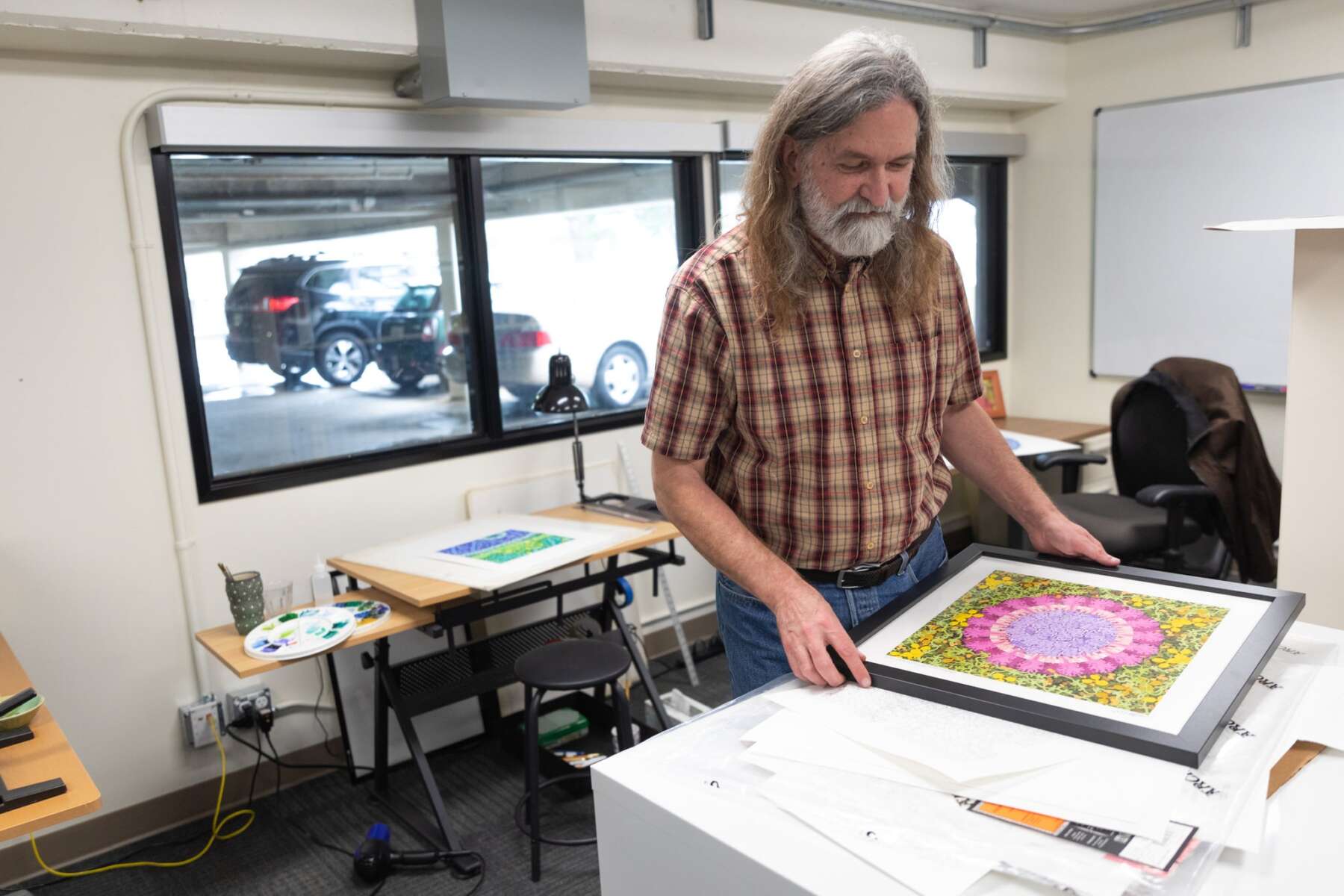
Goodsell’s involvement in the “Molecule of the Month” initiative further exemplifies his commitment to science communication. This monthly educational feature highlights specific molecules, providing accessible insights into their structures and functions, making complex topics engaging and understandable for a diverse audience.
“I do this so that I can help people see the cells in the way that I am seeing them,” says Goodsell. He emphasizes that his art serves not only himself but also others, enabling people to visualize cellular processes and molecules as he does. The cell images he creates are commonly used for educational purposes, setting the stage for a deeper exploration of individual elements and their roles in creating a holistic picture of cellular processes.
Reflecting on his journey, Goodsell shares, “My first interest was in natural history – plant collections and insect collections – and from there the interest evolved to science more broadly.” Influenced by a family with both scientific and artistic inclinations, he embraced his role as a “science nerd” and seamlessly integrated art into his scientific work to “serve the science” during graduate school.
For Goodsell, the snapshots of information he captures in his illustrations are reflections of the current state of knowledge. Despite the ever-evolving nature of science, he sees his art as a vital representation of the understanding and thinking at a given time.
You can learn more about David and his work by visiting his website (David Goodsell).
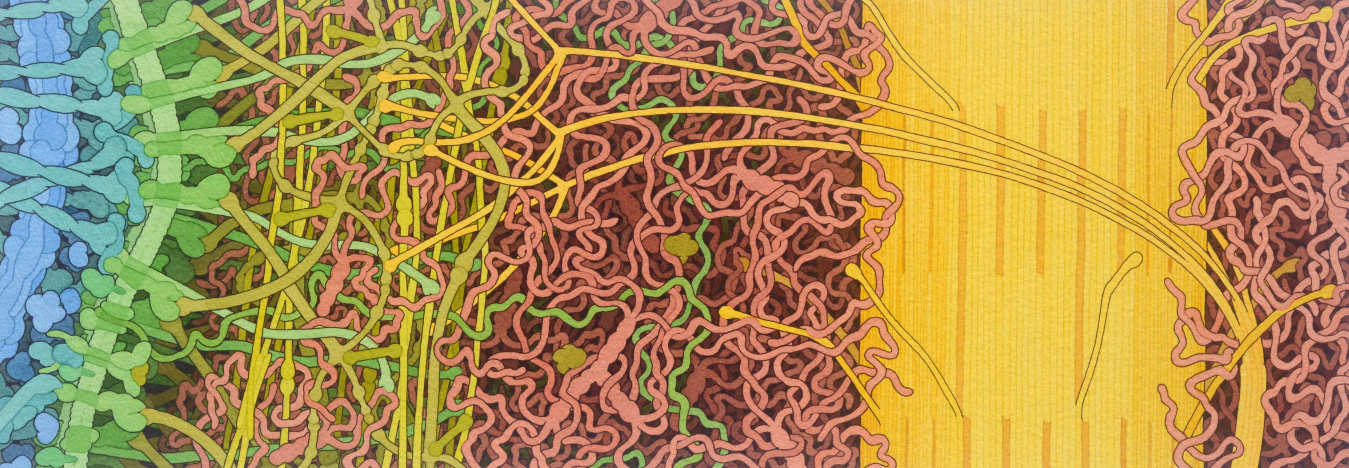
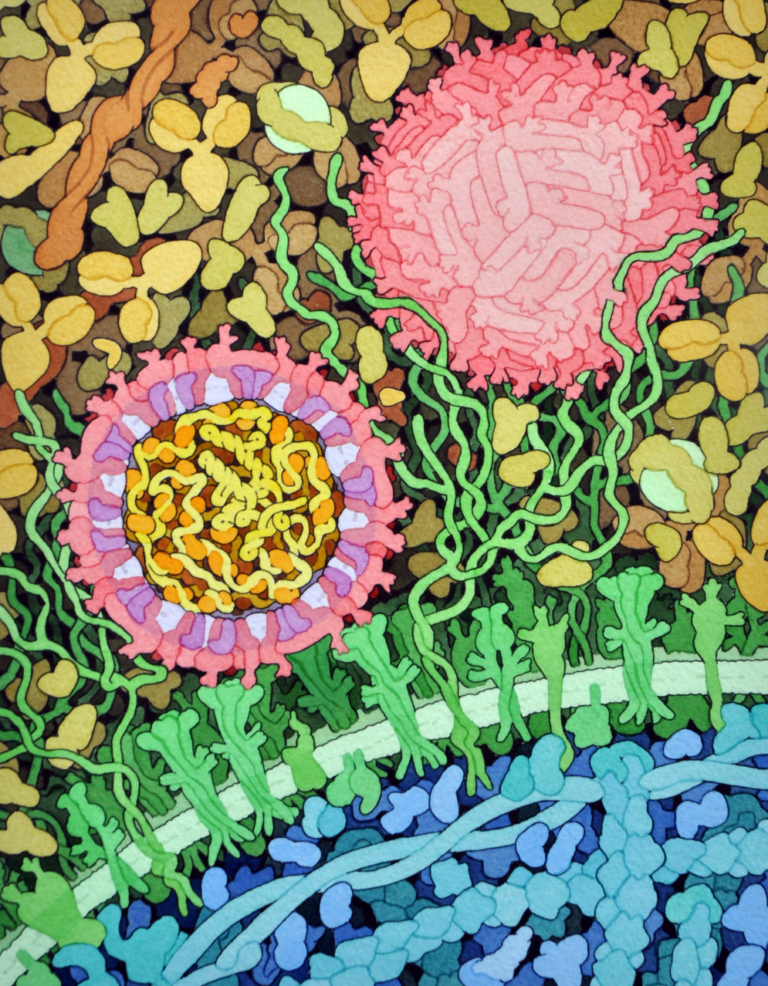

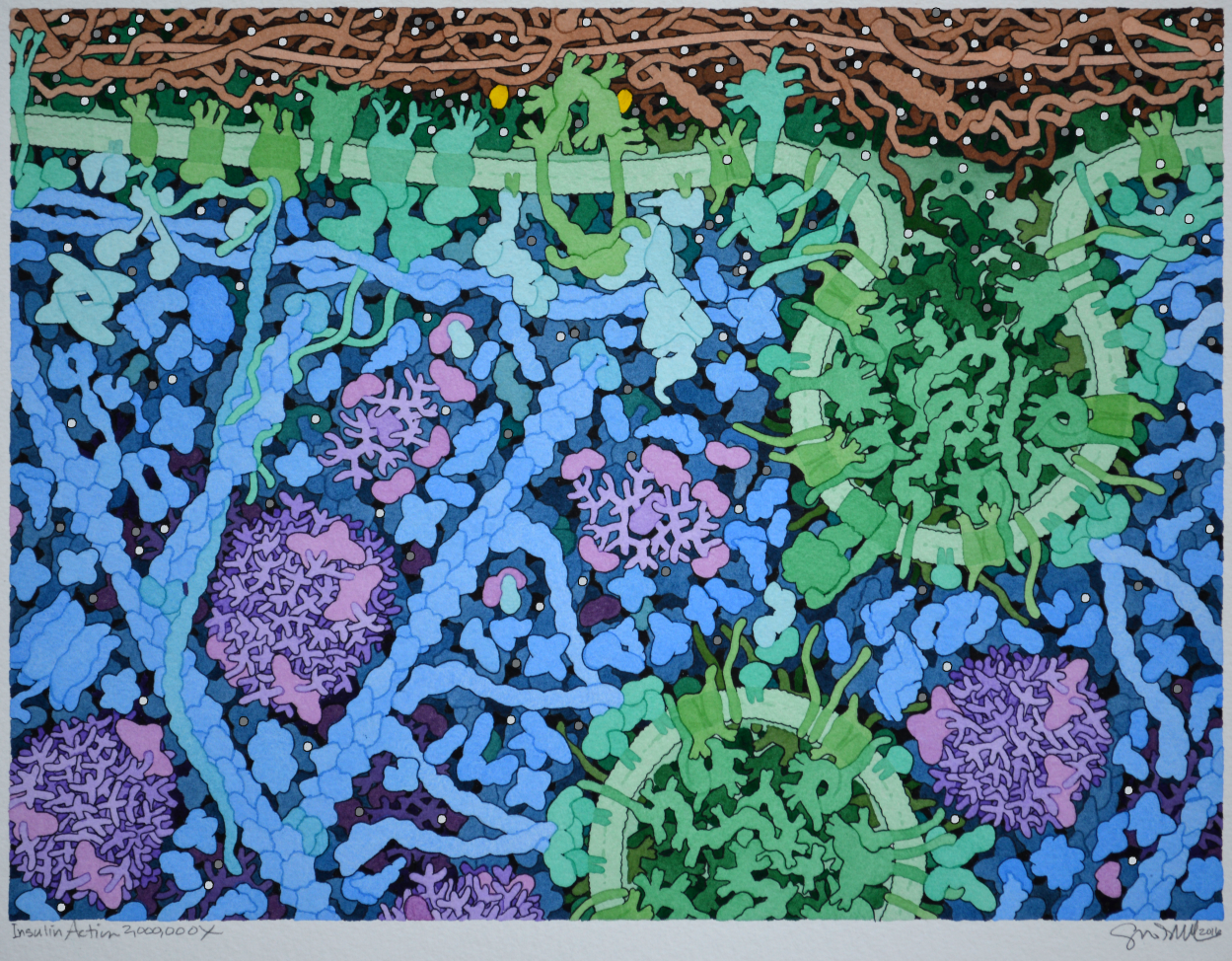
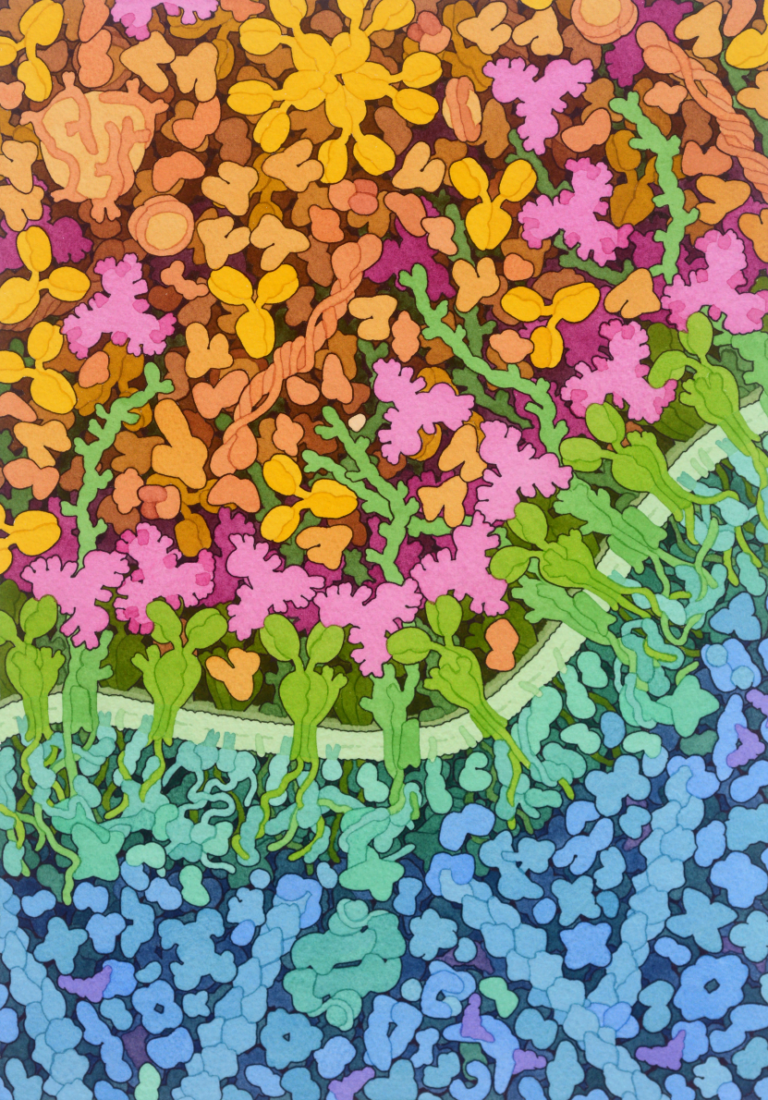

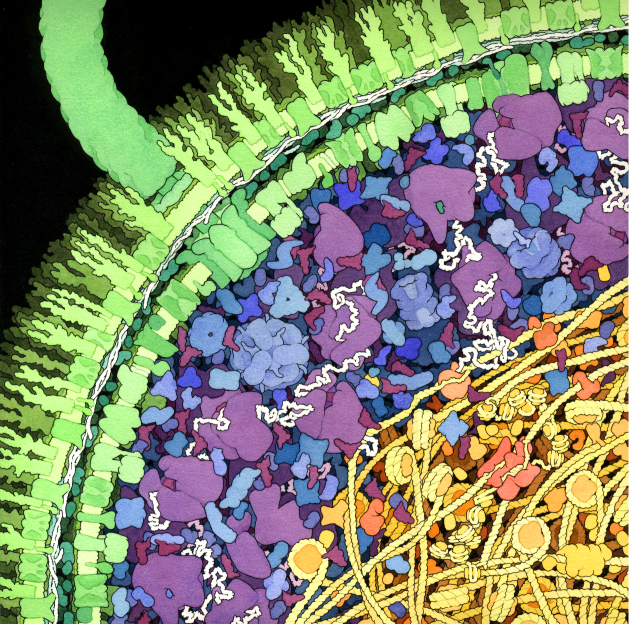


*All images are © David S. Goodsell, RCSB Protein Data Bank unless otherwise stated.
Disclaimer: The views and opinions expressed in this interview are those of the interviewees and do not necessarily reflect the views or positions of Public Health Landscape or Valent BioSciences, LLC.